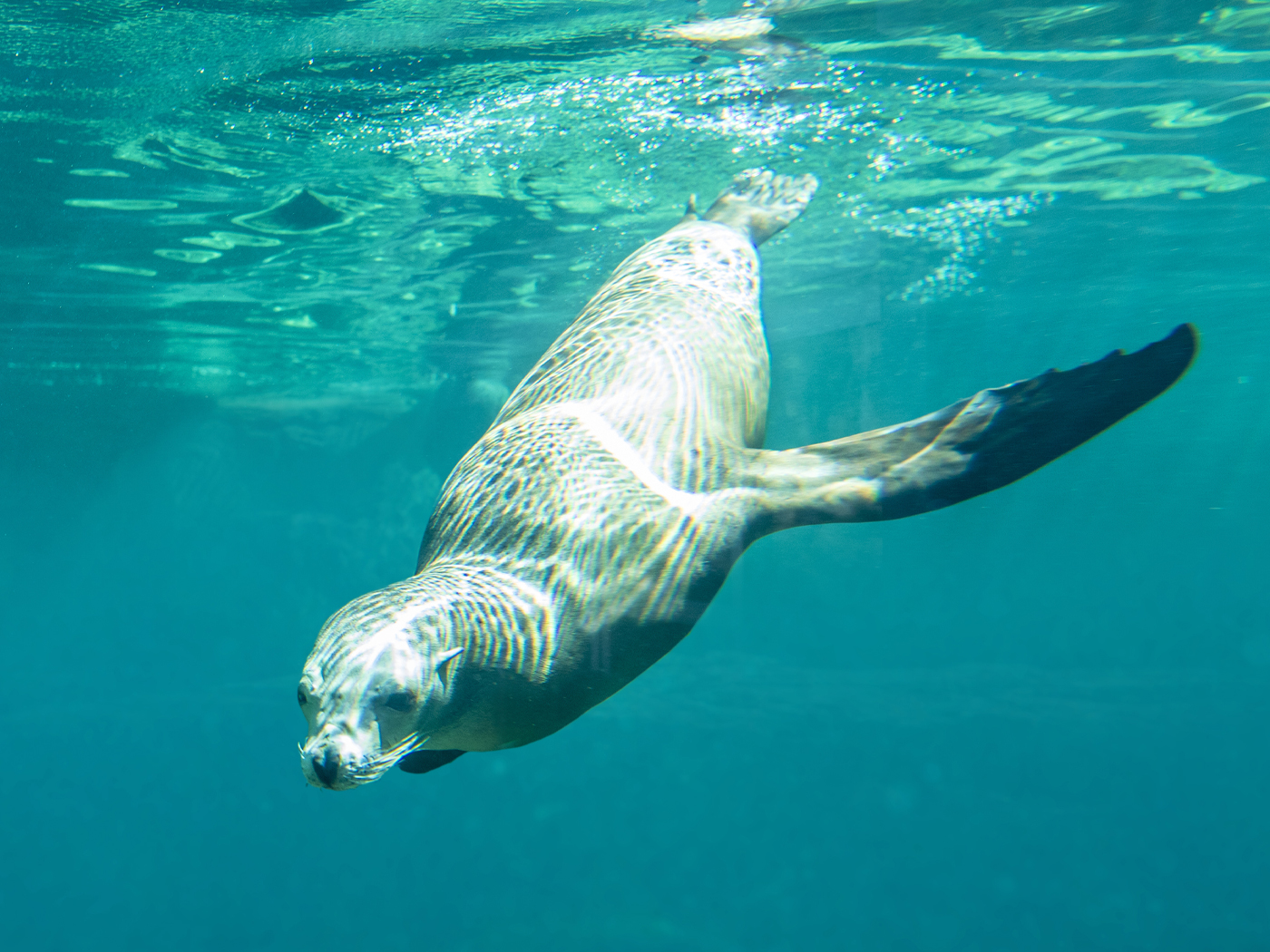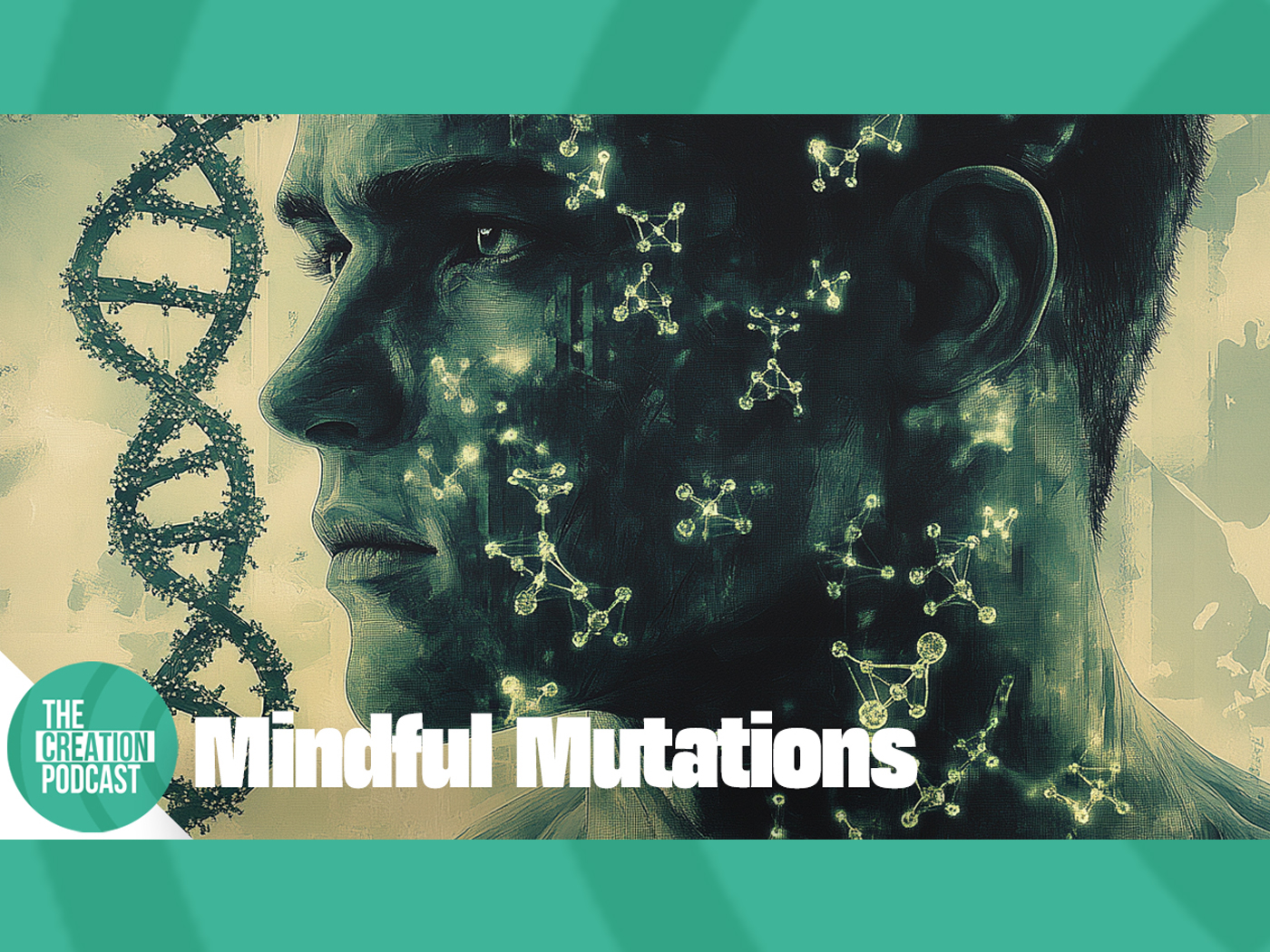A study led by Oxford University researchers was recently published confirming that Neanderthals and humans were very genetically similar and interfertile. They were even closer than polar and brown bears are to each other, which are known to mate and produce viable offspring in the wild quite easily.1 Along with a plethora of previous DNA studies, this research further confirms that Neanderthals were an ancient people group of the human family, descended from Noah’s three sons and their wives after the global Flood.2-4
The analysis of matings between anatomically modern humans and their close archaic relatives, Neanderthals and Denisovans, has been increasingly demonstrated through the analysis of ancient DNA extracted from fossil bones and teeth over the past decade. However, many evolutionists have still claimed that modern humans and their archaic cousins were radically different and that their ability to breed and produce viable offspring was at the far edge of biological compatibility.
In this new study, the researchers developed a genetic distance metric to predict the fertility of the first generation of hybrid offspring between the mating of any two mammalian species. They did this by analyzing genetic sequence from different mammal species that were already known to produce viable hybrid offspring. By correlating genetic distance with offspring fertility, they showed that the greater the genetic distance, the less likely it would be that the offspring would be fertile. Then the researchers effectively used the genetic distance values to determine thresholds of fertility for various mammals.
When the genetic distance between humans, Neanderthals, and Denisovans was calculated, the values were even closer than those found between various animals that are known to readily and easily hybridize in the wild. This includes polar bears mating with brown bears and coyotes mating with wolves. In fact, professor Greger Larson, who is the Director of the Palaeogenomics and Bio-Archaeology Research Network at Oxford University and the senior author of the study said, “Humans and Neanderthals and Denisovans were able to produce live fertile young with ease.”5
These findings confirm that Neanderthals were nothing less than human. Creationists believe that they likely lived shortly after the global Flood since their remains are typically found in ritually buried graves in cave systems—not the global Flood sediments that end at the Neogene-Quaternary (N-Q) boundary at the top of the Cenozoic rock layers.6 And not only is the DNA of Neanderthals identical to modern humans, but the so-called “archaic traits” of a pronounced brow ridge and a sloping forehead can still be found in modern humans living today.7 Once again, the facts of science confirm the scriptures—not the mythical fact-free story of human evolution.
Stage image: Neanderthal reconstruction.
Stage image credit: Kennis & Kennis Reconstructions. Copyright © 2020. Adapted for use in accordance with federal copyright (fair use doctrine) law. Usage by ICR does not imply endorsement of copyright holders.
References
1. Allen, R. et al. 2020. A mitochondrial genetic divergence proxy predicts the reproductive compatibility of mammalian hybrids. Proceedings of the Royal Society. 287 (1928).
2. Tomkins, J. P. DNA Proof That Neandertals Are Just Humans. Creation Science Update. Posted on ICR.org February 21, 2014, accessed June 15, 2020.
3. Tomkins, J. P. Ancient Human DNA: Neandertals and Denisovans. Acts & Facts. 43 (3).
4. Tomkins, J. P. 2020. Neanderthal DNA Muddles Evolutionary Story. Creation Science Update. Posted on ICR.org April 7, 2020, accessed June 15, 2020.
5. Staff Writer. Humans and Neanderthals: less different than polar and brown bears. University of Oxford News and Events. Posted on ox.ac.uk June 3, 2020, accessed June 15, 2020.
6. Clarey, T. L. 2020. Compelling Evidence for an Upper Cenozoic Flood Boundary. Acts & Facts. 49 (5).
7. Tomkins, J. P. 2019. Recent Humans with Archaic Features Upend Evolution. Acts & Facts. 48 (4).
*Dr. Tomkins is Life Sciences Director at the Institute for Creation Research and earned his doctorate in genetics from Clemson University.
Humans and Neanderthals More Similar Than Polar and Brown Bears
The Latest
CREATION.LIVE PODCAST
Searching for Truth Across the Globe | Creation.Live Podcast:...
How can we bring the Gospel of Jesus Christ and the truth of creation to others outside our small spheres of influence?
Host...
Marine Mammals: Designed for Deep Diving
While you’re reading this, hold your breath. What is now happening is your blood is delivering the last of oxygenated blood cells to your tissues...
CREATION PODCAST
Humanity's Demise at the Hands of Genetic Entropy | The Creation...
Welcome to the fourth episode in a series called “The Failures of Old Earth Creationism.” Many Christians attempt to fit old earth...
''Inside-Out'' Fossil is Amazingly Preserved
It is widely known that vast numbers of fossils—vertebrate and invertebrate—have been discovered incredibly well-preserved.1,2...
The Resurrection and the Origin of Life
At Easter time we focus on the cardinal Christian doctrine of the Resurrection. Without the Resurrection, Christianity is a sham. The truth that Jesus...
Is an Ancient Extinct Tree-Dweller Our Relative?
Human evolution has always been hazy with seemingly as many attempted explanations for how we evolved from animals as there are paleoanthropologists.
Evolutionists...
The Return of the Dire Wolf?
There’s been much recent excitement about the birth of three dire wolf (Aenocyon dirus) puppies by a Dallas-based biotech company: Colossal Bioscience....
CREATION PODCAST
Cracks in the Layers: Lake Suigetsu and the Old Earth Illusion...
Welcome to the third episode in a series called “The Failures of Old Earth Creationism.” Many Christians attempt to fit old earth...
Fish Fossil Vomit
A rather unsavory news story recently appeared regarding fossilized vomit. Although it’s hardly dinner table conversation, it nonetheless supports...
Dino Footprints Down Under
Dinosaur trackways1 are once again making the news. Australia is the setting of a remarkable series of dinosaur tracks attributed to ornithischian...





















